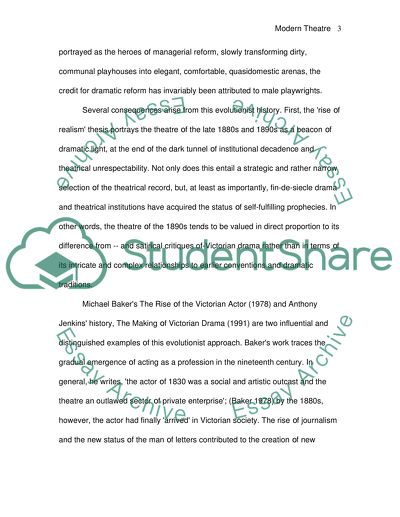Cite this document
(“Modern Theatre Essay Example | Topics and Well Written Essays - 2000 words”, n.d.)
Retrieved from https://studentshare.org/history/1499562-modern-theatre
Retrieved from https://studentshare.org/history/1499562-modern-theatre
(Modern Theatre Essay Example | Topics and Well Written Essays - 2000 Words)
https://studentshare.org/history/1499562-modern-theatre.
https://studentshare.org/history/1499562-modern-theatre.
“Modern Theatre Essay Example | Topics and Well Written Essays - 2000 Words”, n.d. https://studentshare.org/history/1499562-modern-theatre.


